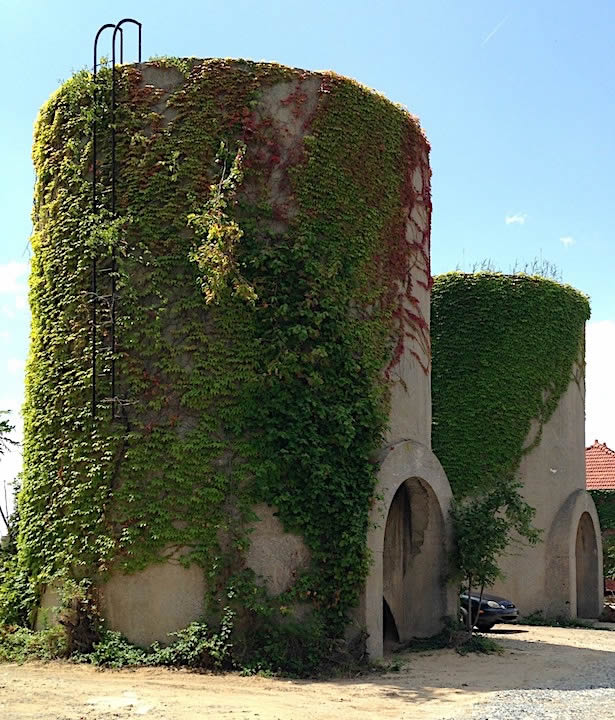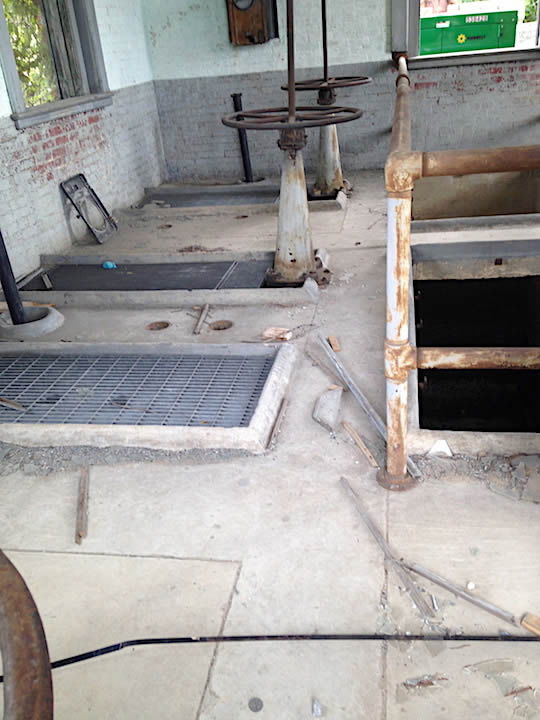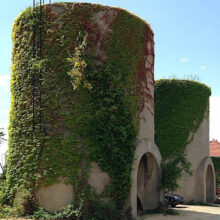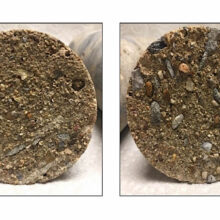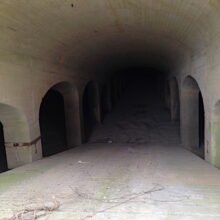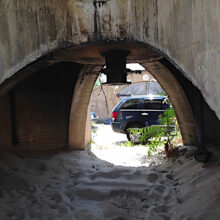McMillan Slow Sand Filtration Plant
Following a condition assessment survey completed in 2015, we were contracted to investigate areas of deteriorating concrete found on the sand bins located at the McMillan Slow Sand Filtration Plant. These aboveground structures were found to have localized areas of delamination, cracking, deteriorating concrete, and mineral deposits. The client wished to preserve these structures and needed to understand how to treat the areas.
The goals of the testing were to understand the concrete through visual examination followed by petrographic analysis to identify inherent conditions of deterioration; determine the effect of aggregate size, shape and mineralogy on stability of concrete; compare cohesive strength of cores taken from stable and deteriorated areas before and after application of consolidants to determine if the deteriorated sections could be made more sound through in-situ treatment; and measure changes in depth of carbonation using pH indicators before and after realkalization to determine if the embedded rebar that is vulnerable to corrosion in carbonated concrete could be protected through this process.
Cores were extracted from areas of stable and deteriorated concrete for testing in our laboratory, in addition to laboratory testing by petrogrophers and conservation scientists. The results of the testing confirmed a combination of treatments would be effective at adequately reversing the observed conditions. Methods were recommended as well as additional tests that would facilitate treatment.
